- | 9:00 am
The big design freak-out: A generation of design leaders grapple with their future
Did business really break up with design, or did it just break up with a generation of design leadership?

In retrospect, 2023 felt like the closing of a chapter. At least for a class of design leaders, who spent more than a decade participating in a massive expansion of design’s role across every sector of business, from tech to accounting firms and insurance companies. The year began with J&J’s decision to fully shutter its corporate design office and culminated in major downsizing at Ideo, long the standard-bearer for the design services industry (the firm reduced its staff by 32%). Along the way, a number of big companies including IBM and Expedia not only parted ways with acclaimed design executives, such as IBM’s Katrina Alcorn, but they eliminated those positions entirely.
Based on recent conversations, these changes seem to represent a fundamental correction in the expectations of so many seasoned design leaders—the cream of the crop, in fact. The very people who advocated successfully for a “seat at the table” when design first made inroads into big business (and jump-started thousands of creative careers) find themselves at major crossroads with fewer seats left. The sources I’ve spoken with could only recall one company that filled an executive level chief design officer role in the second half of the year—PayPal, who brought on Rachel Kobetz from Expedia, in September of 2023.
“Executive leadership and CDO roles are few and far between,” says Rob Magowan, who runs the recruiting firm, Design Leaders. “In sectors like consumer electronics, which I am particularly close to, they’ve paused hiring.”
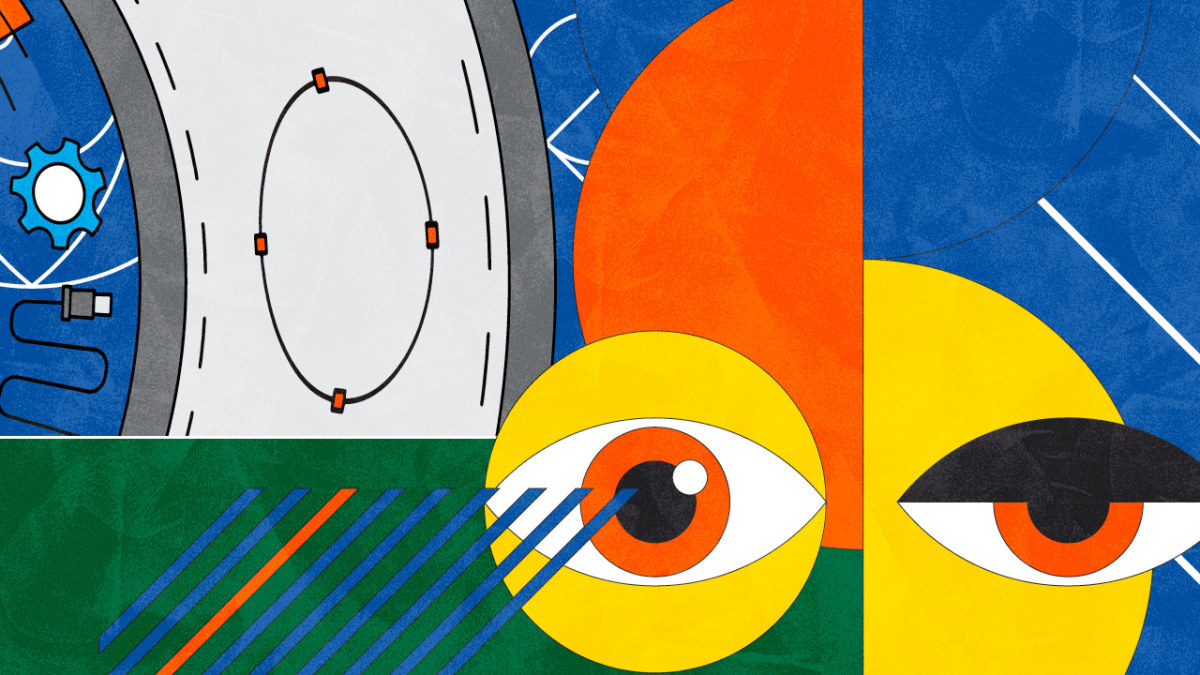
While these cycles are not unusual in business (particularly in high growth, tech-driven sectors), it is unusual to have a generation of creative leaders with such deep industry expertise available on the market at the same time. As Ideo chairman Tim Brown put it: “What hasn’t really happened before—at least not that I’m aware of—is the emergence of networks of creative leaders who are able to come in and help or work on projects at a very high level, bringing decades of experience.”
To be fair, many of the folks I spoke with for this piece had begun to transition out of corporate gigs ahead of the current downsizing cycle for reasons that I will outline below. But those choices are feeling a bit different now as they try to assess the value of their experience in the open market. As we kick off 2024, the question I keep asking myself: Did business really break up with design, or did it just break up with a generation of design leadership?
HOW DID WE GET HERE?
When I got my start designing digital platforms in the early 1990s, design was a niche field with limited options for employment beyond graphics and branding. Then the first digital agencies came along. I will never forget pitching Razorfish cofounder Craig Kanarick and head of design Thomas Mueller on launching an information architecture practice, to no avail. Since then, those very same skills contributed to the growth of a differentiated, professional design practice that evolved to have a fundamental influence on businesses as a whole.
Demand for skills like UX skyrocketed as businesses looked to compete in the digital economy. Companies began to view design as a necessary (if somewhat puzzling) ingredient to their success. Designers played a massive role in giving shape to the new data-enabled world we were entering, which in part explains why design was able to infiltrate business so successfully over the past 10 years.
Along the way, the boutique practices at design agencies and consulting firms were significantly outpaced by the rise of a new creative management class at such companies as Microsoft, Barclay’s, Verizon, and Walmart that could actually speak the language of these design teams and manage what still seemed like an exotic creative process (a phenomenon I wrote about in 2014 as I was exiting Frog).
This shift enabled a generation of design leaders to move relatively seamlessly from one corporate position to another seeking ever-more elaborate titles—with chief design officer being the pinnacle. The CDO title marked a shift in the landscape, as it was a bold attempt by Maria Giudice (coauthor of Rise of the DEO: Leadership by Design) and others to announce design’s arrival into the upper tier of the executive class. It became the gold standard of success for so many of my peers in corporate America, such as Justin Maguire, the Frog designer-turned-former-CDO-executive at Salesforce.
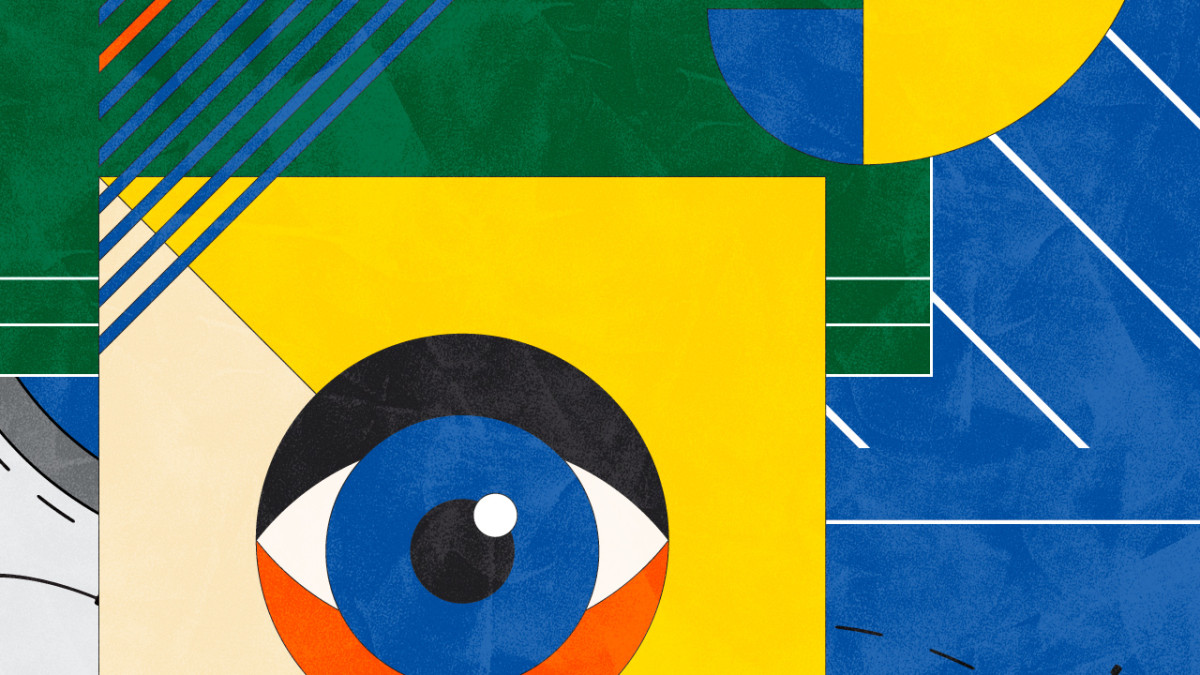
Given the rapid expansion of design thinking as a business methodology, and user experience as a critical capability in the digital economy, this creative class is not small even at the senior levels. Over an eight-year period starting in 2013, IBM went from having just one design executive to more than 30 in-house senior creative leaders spread across their businesses. Early in the design craze, it pledged $100 million to hire design talent and build out a series of design labs. McKinsey Design, too, built up a cohort of roughly 30 partners and associate partners over a similar time frame.
This leadership class got accustomed to different salary structures and support systems than were remotely possible at the boutique firms that many came from, with some compensation packages at big tech firms such as Microsoft reaching into seven figures. There also came a growing sense of professional complacency—an attitude of, If things don’t go well, I can always find another senior design gig in corporate IT even if the role doesn’t feel particularly creative. As one recruiter put it: “We went through a huge boom period for design with companies hiring beyond their needs. There was always going to be a breaking point.”
Based on conversations with many former colleagues and peers, this community of design leaders is now facing a crisis of confidence, as their value in the market has seemingly shifted in this moment of economic uncertainty, particularly in the tech sector. “I am spoiled rotten,” a former Frog colleague of mine commented. “I have been turning down work for years.” While some design leaders are not necessarily eager to go back to the corporate world, they are nervous about the growth opportunities that lie ahead as independent practitioners. Former IBM design executive Doug Powell told me that people who were not willing to “jump back into just any old role” 6 to 12 months ago are reconsidering their stance going into 2024. “They need to have a [personal] revenue stream that is serious,” he says. Those opportunities seem to have largely dried up for the moment.
On the one hand, this shift is not particularly surprising at the end of a strong and sustained growth cycle, particularly for a profession that was a relatively new arrival to the corporate scene. But to many of these design leaders, it feels like more than a cyclical downturn. Even if the same companies are also downsizing tech roles, there is little concern that they won’t reinvest in senior engineers and CTOs as the market picks back up (though it appears that chief marketing officers might not be so fortunate).
Many senior design leaders in the industry thought their roles and associated value were finally established. They now find themselves trying to communicate the value of their skills and experience all over again: “On my bad days, it can be exhausting,” says Lindsey Mosby, former Philips, Frog, and SYP senior design strategist. “How many ‘six-ways-to-Sunday’ do I need to justify my worth to you.”
In their “State of UX 2024,” the folks at UX Collective summed it up perfectly: “Ongoing layoffs and market instability have reduced the bargaining power that many designers wielded in the previous decade—and have cast a light on the transactional aspect of our work.”
Should we have seen this correction coming? To understand how we got to this moment, it is important to take a step back. While certain macro-economic trends have played a significant role in the changing value of design leadership, some of the challenges were evident even during the golden years when design was on its rapid ascent in business. It is worth delving into a few questions in order to understand the potential role of the new design leadership models that are attempting to shape the next wave of professional practice.
I: WERE WE UNPREPARED FOR OUR SUCCESS?
Despite much hand-wringing during this downturn, I am of the opinion that design thinking had a significant impact in the halls of business, considering the boutique nature of the industry that spawned it. Even at their height, the largest design consultancy firms such as Ideo were sub-scale (fewer than 1,000 people) when compared to other professional services practices like management, accounting, or IT consulting. From that perspective, the impact of design on business is admirable, even in sectors as challenging as healthcare. As Mosby explains: “When I came into healthcare, not a single hospital was doing patient journeys. I think we did a good job baking the fundamentals in.” But as design thinking went viral in business, it required a different management class to operationalize and institutionalize this new capability. Change requires change management. Many creative leaders were left floundering.
Design thinking didn’t come with any management approach or operational playbook; certainly not one developed at Ideo or Frog, which were never known for management discipline. Even as design thinking packaged itself successfully as a mainstream business process to senior management, we neglected to mention that designers, by nature, are pretty lousy managers, and there was little opportunity or support to develop those skills in boutique practice.
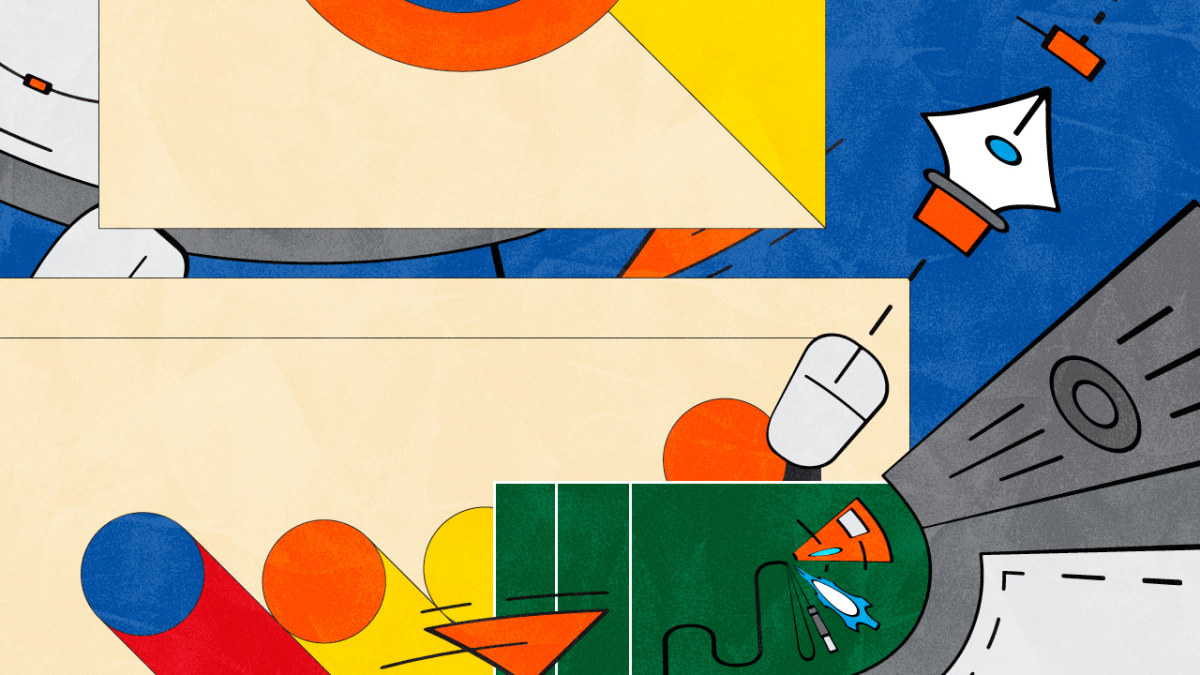
At these firms, the largest project teams might be 15 to 20 designers, whereas tech service providers like IBM and Accenture rapidly trained up thousands of design foot soldiers as they ramped up their capabilities over the past 10 years. Alcorn, the former IBM GM of design, reports that they “trained close to half a million people, inside and outside IBM, on the fundamentals of design thinking” during the run-up.
While many of us still resent how a creative practice like design has been twisted into corporate speak, did we really think we were best prepared to institutionalize and operationalize these processes in big business? It is routine for engineers and marketing managers to go to business school to advance their careers, but that is definitely not the norm for designers. A few of us were lucky to participate in AIGA’s executive business program for design leaders at Harvard Business School and Yale School of Management back in the day—but that lasted one week! Over the past five years, there has emerged the burgeoning field of “DesignOps” to backfill these skills, led by Peter Merholz, Rosenfeld Media, and others.
This past fall, Kobetz at PayPal (author of a popular Substack on UX leadership) and Powell, former IBM exec (who now hosts a podcast on design leadership), offered executive training for 30 design leaders on “Design Leadership at Scale.” The two-week course was so massively oversubscribed, they’re now expanding their offerings in 2024. Kristin Skinner, chief experience officer, &GSD, will be joining Kobetz this year.
Ryan Rumsey, who previously held prominent design leadership positions at Apple, Nestlé, and EA, has launched a full-blown CDO School, which claims to provide design leaders with a “playbook to make design relevant and valued by business,” including on-demand courses, a video content library, and access to a learning community on a subscription basis.
In recent years, there has also been a shift in the very nature of design leadership inside companies. Where the early corporate pioneers were in “building mode” to establish and integrate design capabilities, these functions are now focused on optimization. That is where the professionals at IBM and Accenture/Song come in, with creativity giving way to utilization as the primary metric of success, particularly in an economic downturn.
Magowan of Design Leaders is hearing this sentiment from his clients on the hiring side. “Companies are still adjusting,” he says. “Trying to understand how to embed design properly and not make the mistakes they made by hiring folks into design leadership roles who were not equipped.”
This transition is not well-suited to most creative leaders, even proven ones like Powell. “Scaling takes attention,” he says. “But once you get there, then you need to keep turning the dial so that this [design] machine runs more and more efficiently. For me that is where it got to be not as fun.” Perhaps 2024, then, is the right moment for the big handoff to the folks at McKinsey Design to lead the charge armed with their corporate reports and CDO roundtables on business value and design effectiveness?
The focus on efficiency has only gotten more urgent in the economic downturn, particularly for design leaders in tech and IT companies. Greg Petroff, a seasoned design leader with tenures at GE, Google, and ServiceNow, was open about the pressure he feels in his current role. “I’m consciously aware that I’m only valuable as long as we are crushing it all the time. The margin for error is low,” he says. “I have been in an environment the previous 10 years where it was easier to be successful. Now there is more inspection and less trust. As leaders we need to learn how to be really awesome stewards with resources. We need to defend the investment in design with total clarity. That part is new.”
II: DID WE MISREAD THE SIGNALS?
I remember the first wave of departures of senior talent from Frog to corporate positions at companies like Verizon, Philips, and United Technologies. I appreciated their desire to move beyond consulting and seek greater ownership and influence over what actually shipped. The positions sounded influential on paper, with the opportunity to be true changemakers from the inside, often with the support of a charismatic executive sponsor. But I always inquired about the associated P&L ownership and design head count commitments, for which the answers were universally vague. Executive America was dipping its toe in with prominent hires often drawn from leading design firms like Frog, but it wasn’t ready yet to back up these hires with serious operational investments.
While small internal teams emerged at many companies, as they grew in size, most of the “design staff” (whether outside hires or cross-trained employees) ended up embedded in specific business units, as I observed firsthand in helping General Electric scale up its internal design capability. While this management structure made sense for many businesses, it was a clear sign that design leadership roles were often on the outside looking in when it comes to true power and influence.
One senior design leader at a large IT company recently told me that they are the only member of the senior leadership team who does not report to the GM of their division—they report to the head of product, who is one level down in the corporate pecking order. This model—with Design reporting to Product—seems to be becoming the norm in Silicon Valley, at least during this transition.
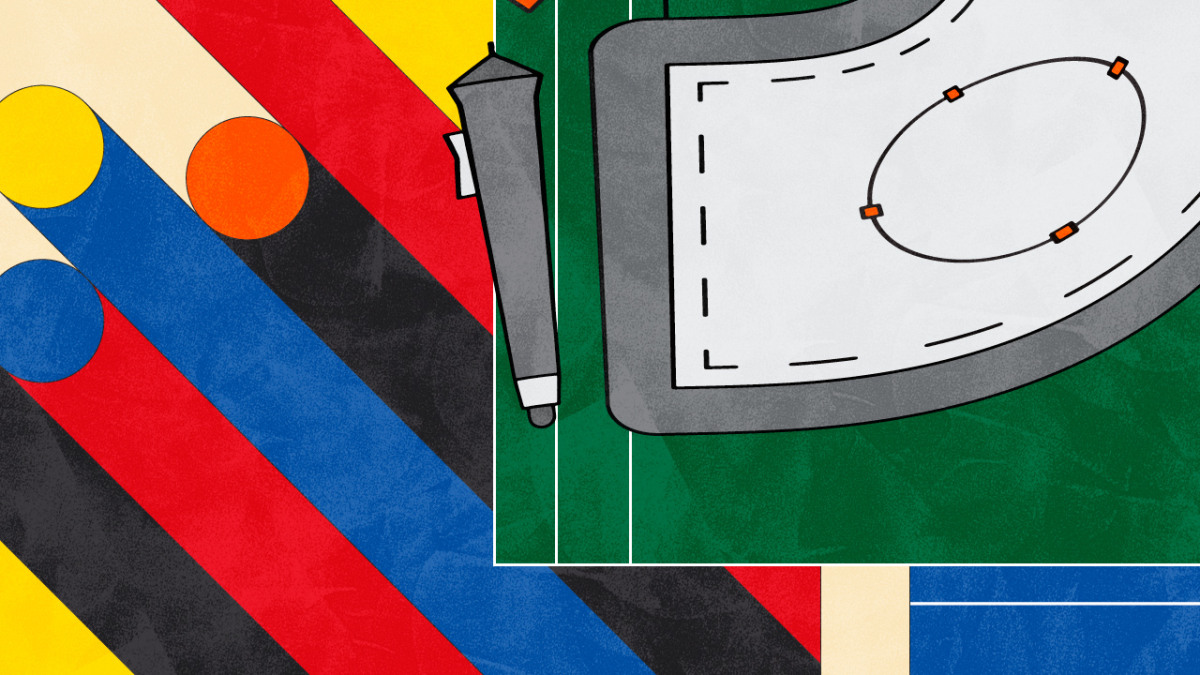
And, while the compensation looked quite good relative to what designers were earning even in senior roles at established design firms, it did not necessarily match senior finance, sales, or engineering jobs. Few designers got rich during these boom times, other than a small group of founders whose firms were acquired during the run-up. Most people I spoke with have only a 6- to 12-month financial cushion even after several tours of duty in well-funded roles in Fortune 100 companies. As one former Frog colleague put it: “It feels much more tenuous than it has in years. I need to pay for college.”
Magowan says salaries are trending downward as the market adjusts. “Companies are wanting more from the individual and paying less for it,” he says. “Salaries have dropped 15% to 20% for leadership roles from their height two years ago when salaries were notoriously high.”
This dilemma is not unique to design. Despite the incredible industry clout of strategic advisory firms, senior strategy roles do not command much real power either. Leading an internal strategy function is not generally viewed as a launching pad to executive roles, given the lack of operational credibility and P&L ownership in most companies. I learned this firsthand when working on a customer transformation project sponsored by the head of strategy for a major health insurance company. The project offered lots of interesting space to explore, but our sponsor had no clout to drive real investment in any of the offerings we envisioned together.
While a clear and compelling strategy might seem like one of the most high value things to a business, that doesn’t necessarily mean that strategy-functional leaders themselves are seen as high value. It is critical for a business leader to think strategically, but not necessarily to be a strategist by trade. A similar trend already seems to be happening in marketing as it has gotten less creative and more data-driven, with CMOs fading “as an autonomous C-suite discipline,” according to Fortune. It seems that design might be headed toward a similar result, leaving the influence of specialized executive design leaders very much in question. “There are many engineers who are fantastic designers now, just out of the serendipity of using good products,” says Petroff. “They make good [design] decisions.”
III: DID WE STRUGGLE TO ADAPT?
In retrospect, many of these challenges could have been anticipated. They are natural growing pains for a new discipline that big business was just starting to take seriously—growing pains that left many design leaders particularly vulnerable in an economic downturn. But in the past few years, we have also faced a number of challenges that I don’t think we saw coming.
While design has always seen itself as a practice that fosters a diversity of ideas, it has never really accounted for the lack of identity and cultural diversity, particularly in its senior ranks. Design firms held onto the illusion for too long that they are creative meritocracies, despite the troubling data on their lack of diversity. While such firms as Ideo have been slow to embrace the need for change, big business requires a much higher level of accountability, particularly since the murder of George Floyd. While there has definitely been some improvement—with the rise of prominent leaders such as Kwame Nyanning, the former head of design for Chase—it will take time for true diversity to be well-represented in the design leadership class, and it won’t necessarily come from this generation of leaders.
In addition, the gap in mature design management practices was increasingly offset by the investment in much better tools to dramatically increase the efficiency of design teams, particularly related to digital product development. Such tools as Figma didn’t just improve the speed with which designers could collaborate with engineers and others, they also increased the level of automation available for generating high-fidelity UX outputs. Now, with the rise of AI, that automation has the potential to significantly shift the skills and processes at the core of design practice. While I am not a believer that designers will become irrelevant (those sorts of predictions date back to the rise of word processing software in the ’90s), the rise of AI is likely to lead to significant changes in the way design teams are built and managed—and the perceived value of specialized design-leadership experience.
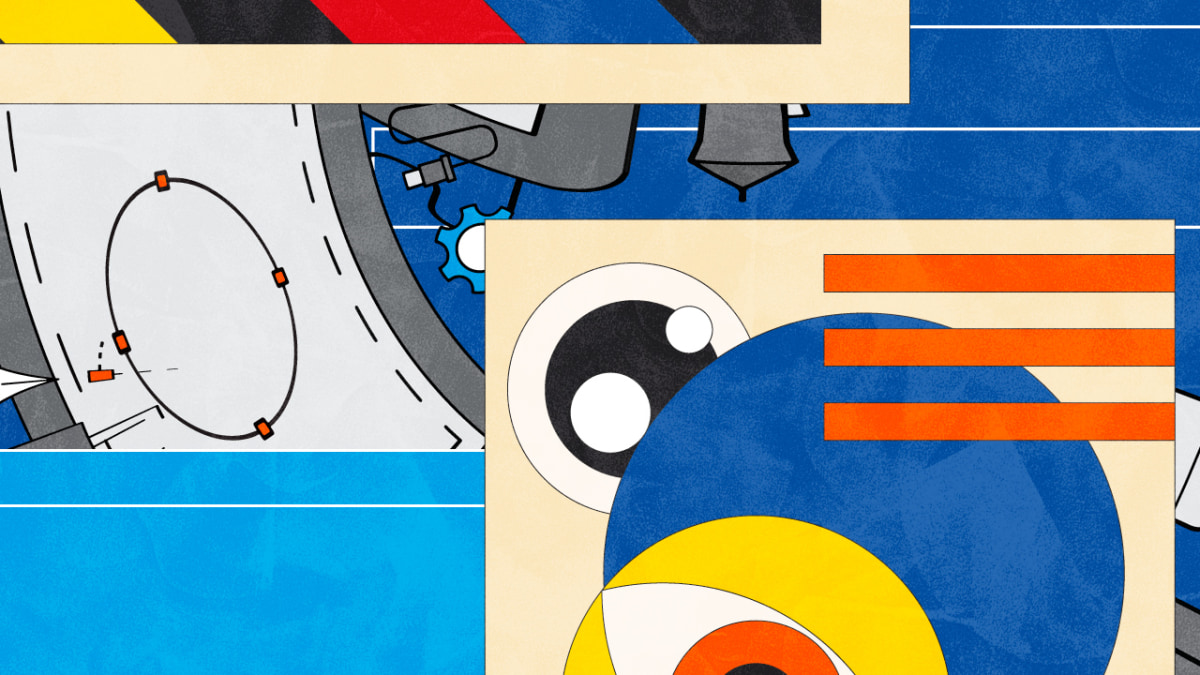
While there are prominent design executives leading the charge, including Liz Danzico and John Maeda at Microsoft, the design leaders I spoke with are feeling increasingly uncomfortable about their ability to make this transition. Many of them acquired valuable skills in UI/UX, user research, or design systems as practitioners before migrating into senior management roles. Where can they go to acquire practical skills in AI platforms to reset their careers and maintain their relevance? Or will the next wave of design leaders come from a new generation of practitioners who are actively acquiring these skills today?
As one leader put it: “Is the role that we have carved out the role that’s going to be there in the future?” The sentiment that I heard repeatedly was that these technologies are not just changing day-to-day design practice, they are shifting power back to a data-driven, command-control model within companies that leaves little space for creative exploration.
WHAT’S NEXT FOR DESIGN LEADERS
Underlying these questions, I am sensing a bit of an identity crisis for design leaders. While there were many downsides to working inside design agencies like Frog back in the day, they fostered a clear sense of identity as places that encouraged a certain level of creative madness. Founders such as Hartmut Esslinger considered this a point of pride even if it blew up more than one high-profile client engagement as I experienced firsthand (including his epic breakup with Steve Jobs).
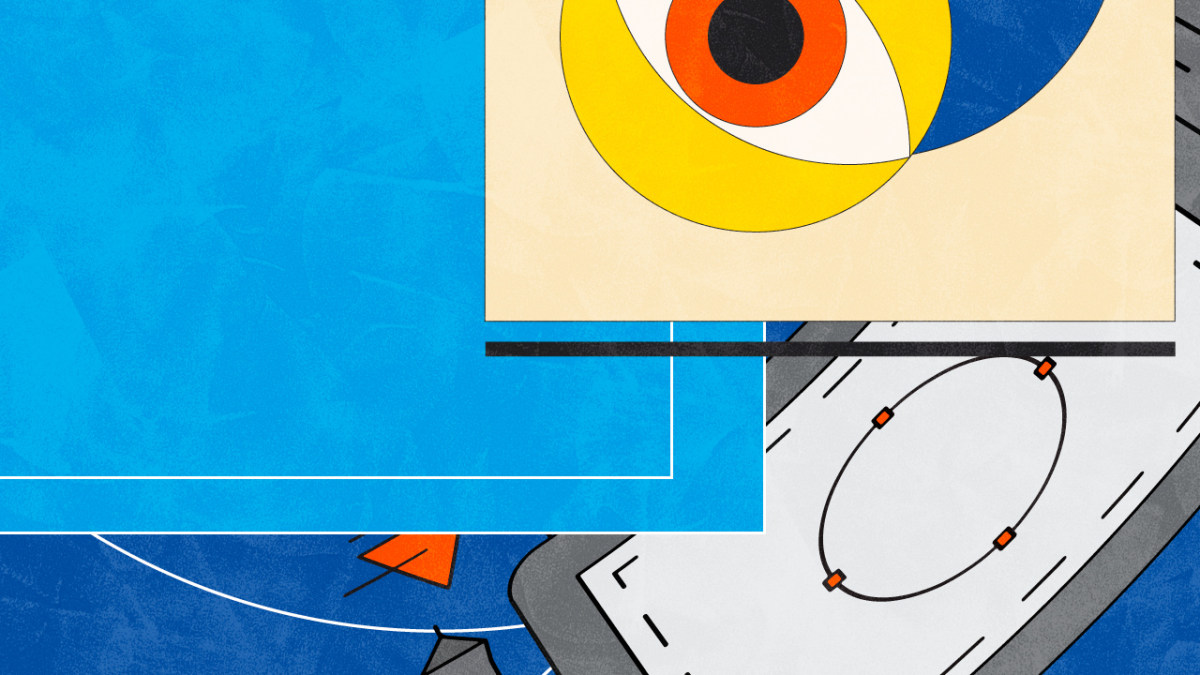
But this class of leaders, for the most part, left that identity behind when they embarked on their corporate journeys. As Powell put it, “As we get into these roles, our tendency is to deprecate our designerly qualities rather than maintaining or elevating them. That is where the imposter syndrome comes through. [It is] uncanny how frequently that comes up with folks that I talk to.”
As we look ahead, I can feel the impulse among many of my peers to recapture some of that maverick, creative spirit as they chart their path forward in uncertain times. In the sequel to this piece, I will dive deep into the emerging class of platforms that are seeking to channel this energy and foster a renewed mission and purpose for this pioneering generation of design leaders.





































